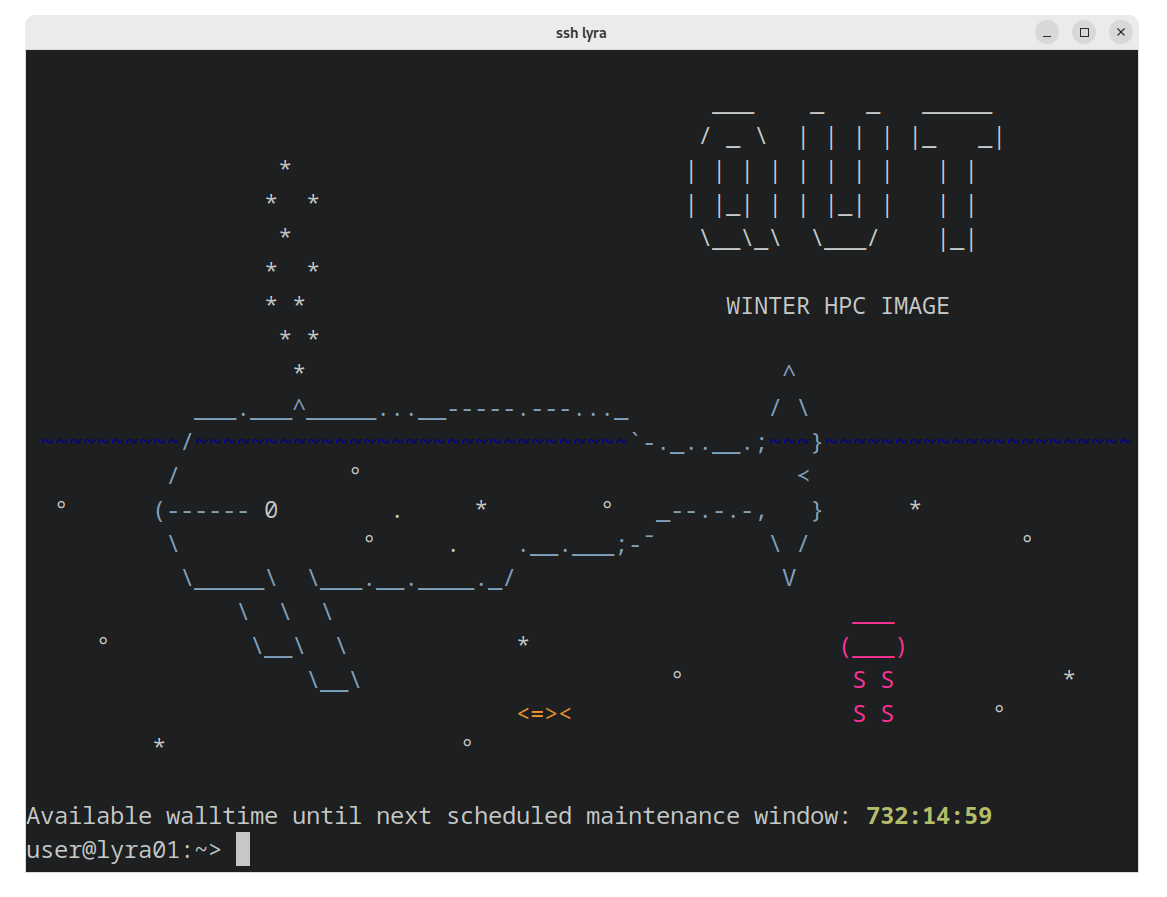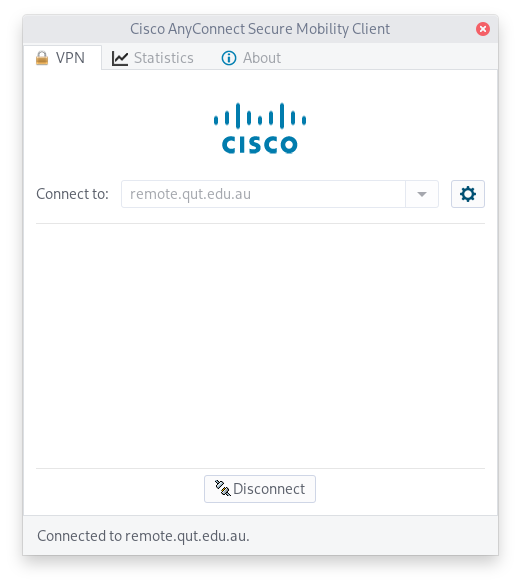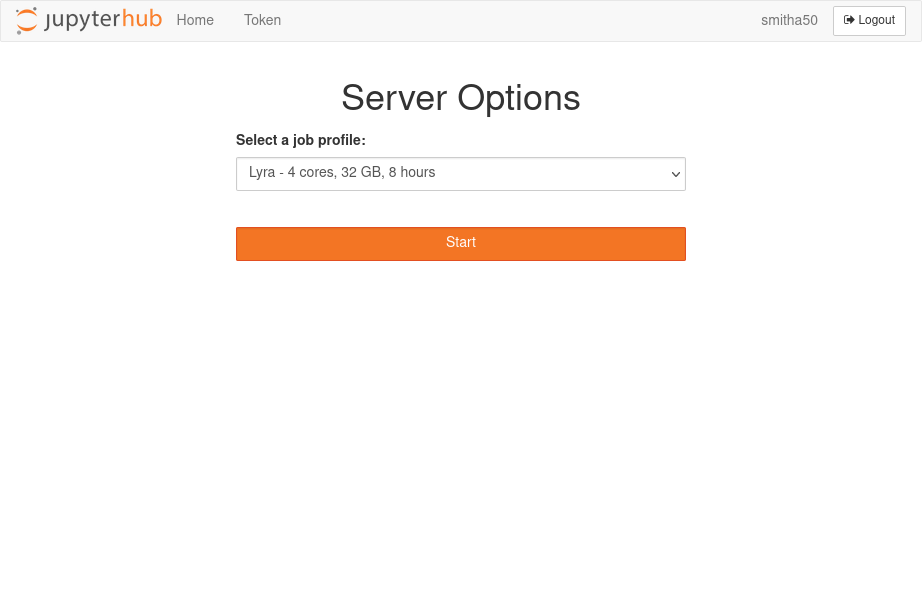Connecting to Lyra

Most users connect to Lyra using an SSH client, typically with a terminal emulator.
To connect to Lyra from outside QUT's network, use the VPN at remote.qut.edu.au.
Apply for HPC access
Submit the HPC Account Request form
SSH
- Windows
- macOS
- Linux
You may need to enable the ssh feature in Windows.
In a Windows Terminal, Powershell, or cmd.exe, run the following command:
ssh qutusername@lyra.qut.edu.au
or
ssh qutusername@lyra
On Windows, use the Windows Terminal for the best experience.
In a terminal emulator, run the following command:
ssh qutusername@lyra.qut.edu.au
or
ssh qutusername@lyra
In a terminal emulator, run the following command:
ssh qutusername@lyra.qut.edu.au
or
ssh qutusername@lyra
Public-key authentication
To connect to Lyra without entering your password, use public-key authentication:
If you don't already have a public key, create a public-private key-pair using ssh-keygen:
ssh-keygen
$ ssh-keygen
Enter file in which to save the key (/home/user/.ssh/id_rsa):
Created directory '/home/user/.ssh'.
Enter passphrase (empty for no passphrase):
Enter same passphrase again:
Your identification has been saved in /home/user/.ssh/id_rsa
Your public key has been saved in /home/user/.ssh/id_rsa.pub
The key fingerprint is:
SHA256:C9UFkXqeAqzDxVUaGVWI13ESBvnmvWQX41w5FuUFbcM user@pc
The key's randomart image is:
+---[RSA 3072]----+
| o**XBo+o+|
| ++=o.o E+|
| o .oo.. .=|
| =.. . o *.|
| . o..So + .+ =|
| + ...o . +o.|
| . .. o o |
| . |
| |
+----[SHA256]-----+
ssh-copy-id qutusername@lyra.qut.edu.au
Saved hosts
To connect to Lyra without entering your username, create a new Host in ~/.ssh/config:
Host lyra
User qutusername
Hostname lyra.qut.edu.au
Then connect to the host:
ssh lyra
VPN
Navigate to remote.qut.edu.au and follow the instructions to install Cisco Anyconnect

JupyterHub
See JupyterHub to read about how JupyterHub on Lyra works.
Navigate to jupyterhub.eres.qut.edu.au to use JupyterHub to access Lyra.
